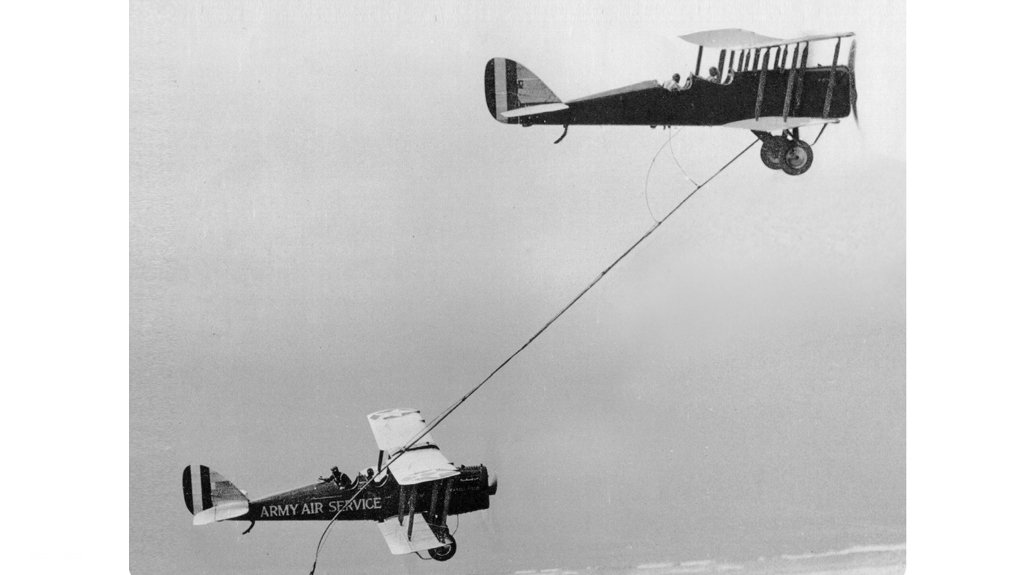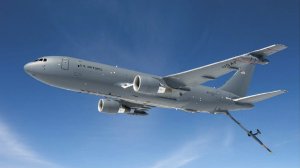Major aircraft manufacturer Boeing marked 100 years of aerial refuelling technology and platform development this year, with the first successful aerial refuelling being performed by the US Army in 1923.
In the century that followed, the US Air Force and Boeing have evolved the aerial refuelling capability to become the backbone of military aviation, extending the ranges of military aircraft for longer missions.
On June 27, 1923 two Airco DH-4B US Army biplanes conducted history’s first aerial refuelling exercise over Rockwell Field, in San Diego. In the US, several different manufacturers, including the Boeing, produced an Americanised variant of the DH-4.
During this exercise, first lieutenant Virgil Hine piloted the tanker aircraft, while first lieutenant Frank Seifert held the hose in the rear cockpit. Captain Lowell Smith flew the receiving aircraft, while first lieutenant John Richter connected the hose to transfer the fuel.
With other models having been developed in the interim, in 1956, Boeing introduced the KC-97 – of which the currently deployed KC-135 is the newest iteration – as the first aircraft type to be developed specifically for aerial refuelling.
Currently, nearly 400 KC-135’s are in active service, with the US Air Force being a primary operator.
In 1980, McDonnel Douglas – a manufacturer acquired by Boeing in 1997 – introduced the KC-10 Extender aircraft, with the capability to airlift and aerial refuel simultaneously. Several of these airframes are still currently in use.
More recently, the advanced, multimission aerial refueler – KC-46A – was approved by the US Air Force in 2019, for global deployment and combat missions, whereby it operates providing fuel, data and multimission capability for the US and allies around the globe.
Edited by: Creamer Media Reporter
EMAIL THIS ARTICLE SAVE THIS ARTICLE
ARTICLE ENQUIRY
To subscribe email subscriptions@creamermedia.co.za or click here
To advertise email advertising@creamermedia.co.za or click here















